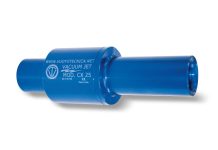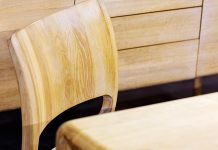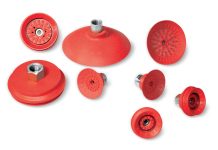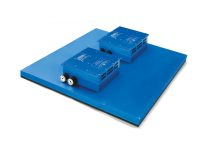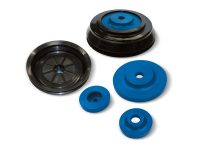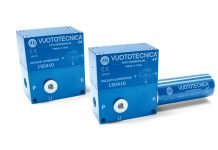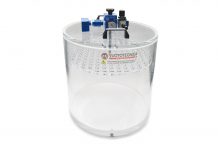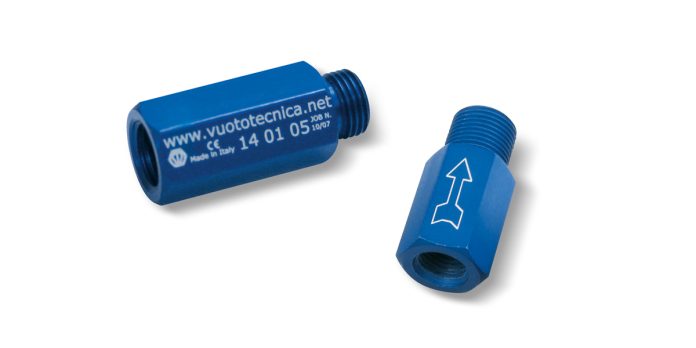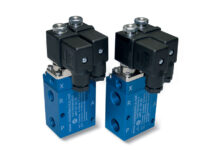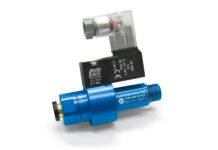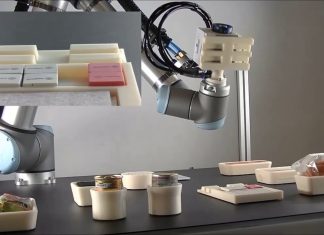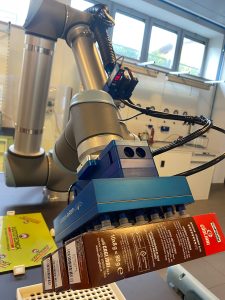
In automated handling systems, the End-of-Arm Tool (EOAT) is designed specifically on the basis of the product to be handled, carefully considering which components to use and which suction pads and vacuum generators to choose.
However, when handling loads of different sizes or objects with irregular surfaces at the same time, problems can arise, even if the design phase was accurate: it can be the case that not all suction pads or planes fit properly, causing vacuum losses that reduce the overall effectiveness.
A solution to this problem is the use of Vuototecnica self-closing valves, capable of “sensing” excessive vacuum flow and automatically closing to isolate the suction cups that do not adhere. This, of course, allows those gripping to maintain an adequate vacuum level to handle the rest of the load.
In terms of construction, self-closing valves consist of a main body that houses a spring, a sealing ball and an adjusting screw. When the vacuum is open and the suction cup adheres, the sealing ball is pushed down allowing air to pass through. If a suction cup does not adhere and excessive air flow is created, the ball is pushed against a conical seat, isolating the problematic suction cup from the others.

By isolating suction cups that do not adhere, there is no longer a need to use large capacity vacuum pumps, consumption is reduced as well as piping, installation is cleaner, and noise is also limited, for a sustainable working environment.
The same self-closing technology can also be assembled within Vuototecnica’s Octopus systems.

The fact of being able to self-exclude the areas not in contact with the objects to be handled allows the Octopus to work in all positions and on all materials, even with uneven and slippery surfaces, without losing precision when gripping and releasing.
A very clever solution.
To find out more, you can download the technical drawings at: www.vuototecnica.net.
















